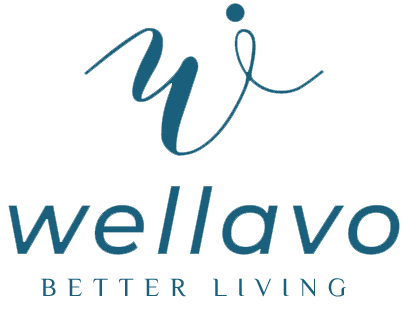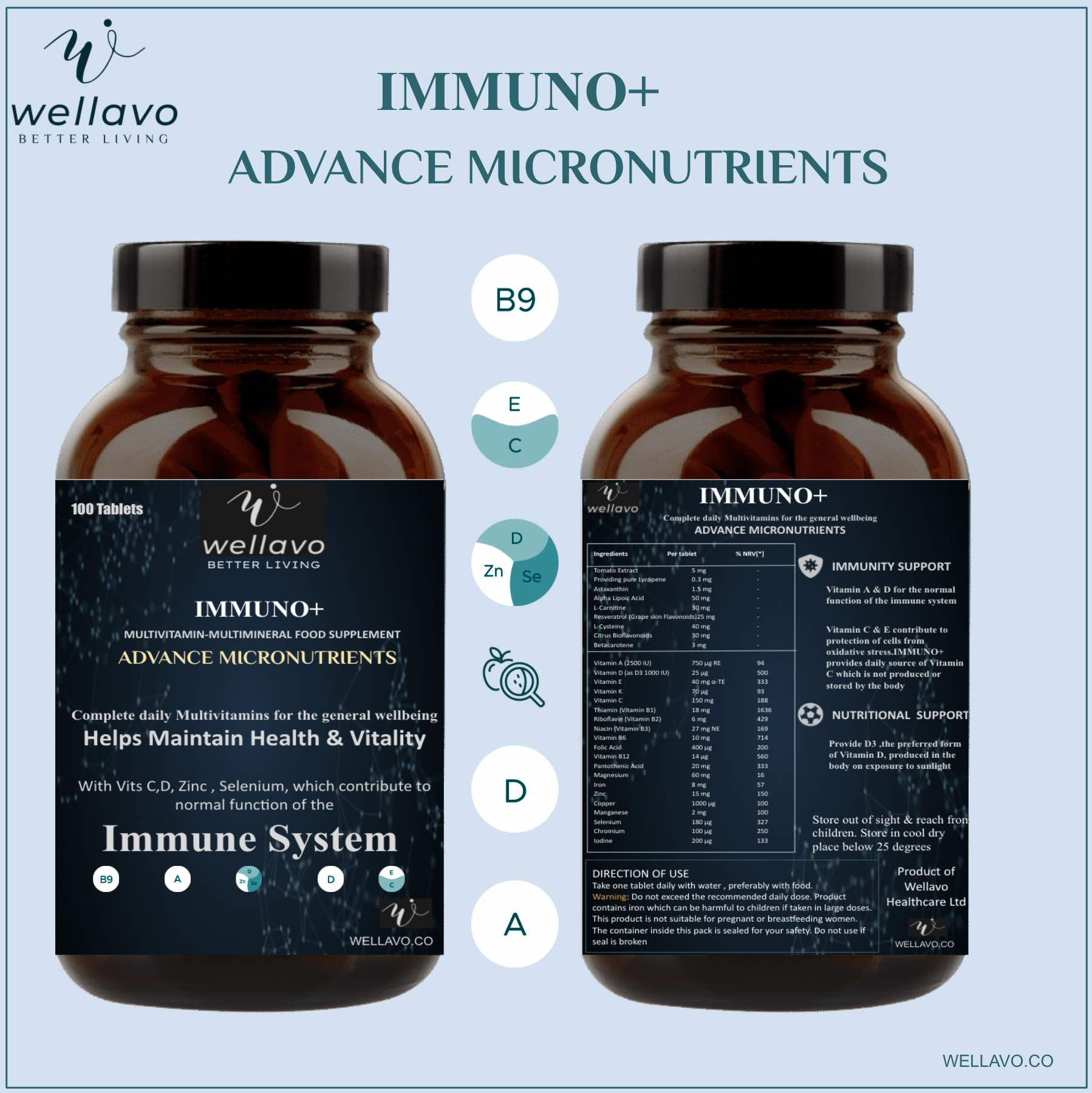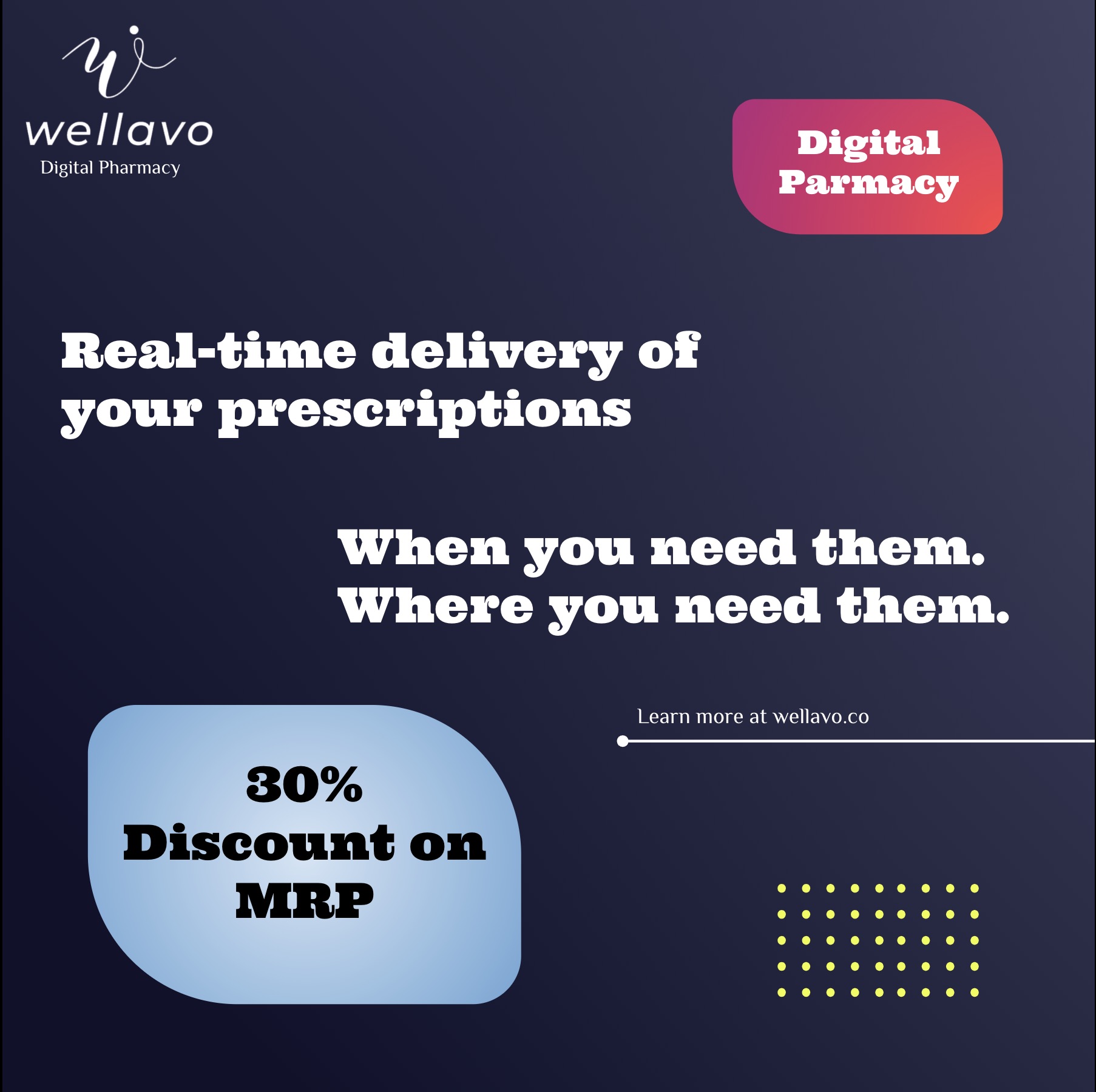Consuming less sodium is certainly the best, but do you know
why you should be cutting your salt intake?
Why should you eat less salt?
Salt, which is sodium + chloride is the major contributor of
‘sodium’. Excess sodium intake is unhealthy because it raises the blood
pressure and increases your risk of heart attack and stroke.
It further puts pressure on the kidneys, weakens this pair
of organs and increases your chances of having kidney stones.
High sodium intake leads to water retention in the body,
thus causing swelling of the hands and feet.
Studies have also observed memory decline in adults with
high sodium intake.
As excess salt intake can make your health go haywire, it’s
better to reduce the overall salt intake.
Also Read: What Happens
If You Eat Too Much Salt
How can You Reduce your Salt Intake?
Salt is added to all savory food preparations. Many people
enjoy the taste of salt. Salt even has the ability to deepen other flavors.
We are so used to eating salty foods, that we develop a
taste for it. When you reduce your salt intake gradually, your taste buds
adjust to it and soon you start noticing and enjoying the natural flavors of
the food.
The aim is to consume 6 grams or 1 ¼ teaspoon of salt, which
is 2.5 grams of sodium per day. But, as per recent research, Indians consume
sodium more than the safe recommendation level.

Read the Food Labels
The food label available on a food product can help us to be
more aware of the sodium content of the food and salt consumption. Before
purchasing any food product, examine the sodium content of the product. This
can help health-conscious individuals to choose lower sodium products. Let’s
learn to read a food label:
Know the Daily Value:
In order to understand the sodium content of a particular food, you need to
know the safe sodium recommendation for a healthy individual per day. As
mentioned earlier, the aim is to consume 2500 milligrams of sodium per day.
Once you know the limitation, you can consume the food in the right quantity
without going beyond the limit.
Pay Attention to The
Serving Size: Just reading the sodium content on the food label is half the
information, which can be misleading. Pay attention to the serving size. For
some foods, the sodium content is mentioned as per one serving, whereas for
others the sodium content mentioned is for the entire packet. You can then
determine your sodium intake by calculating the number of servings you consume.
% DV (Daily Value) Is
Your Tool: A simple way to check if the food you are consuming is high or
low in sodium is by checking the % DV. A food product with 5% DV or less of
sodium per serving is considered low, whereas 20% DV or more is considered high
sodium.
Hence, by reading the food label you can easily decide if
that particular food is healthy or unhealthy for you. Food labels can also help
you to compare various brands for the same food product and you can easily
choose the right food. (3)

Use Natural Salt
Substitutes
Eating foods with little or no salt can be difficult. But
you can still enhance the flavor of your food by adding some natural salt
substitutes. Using herbs and spices is the key to tasty meals and they are much
healthier than using salt to enhance the flavor. Here’s how you can use them to
replace salt:
- Rosemary:
Substitute a part of salt with rosemary in home-made sauces or dips. Rosemary
can also be added to grilled chicken, roasted potatoes or boiled eggs. - Fresh Mint
Leaves: Substitute a part of salt with fresh mint leaves in salads. Making
a fresh mint dip or chutney with other herbs and no salt can also enhance the
taste of the food. You can simply enjoy baked potato wedges with a mint dip
rather than choosing high-salt sauces or dips. - Black Pepper:
Substitute a part of salt with coarsely ground black pepper in soups and
stews. They add an amazing flavor to the foods and improve the taste as well. - Lemon Juice:
Lemon juice is a great source of vitamin C as well as a great salt substitute.
Lemon juice can brighten up the taste of food and it goes well with vegetable
soups, curries, salads, fish and chicken. - Garlic:
Garlic has a strong and pungent taste. It adds a zesty taste to the foods,
which may reduce the need to add more salt. You can add roasted garlic, garlic
powder or freshly chopped garlic to enhance the flavor of the food and reduce
the requirement of salt too. (4)
Say No to Processed Foods
Processed foods, ready-to-eat foods or packaged foods are
loaded with salt. Though such foods are convenient, and you can cook them
quickly, they are actually making your life difficult by ruining your health.
Studies have found that 75-80% of our dietary salt can come
from processed foods. These foods contain ‘hidden salt’, hence you may end up
eating more salt without even realizing it.
Hence, it is always better to prepare fresh food at home
rather than relying on ready-to-eat food packets.
Choose Fresh Vegetables
Vegetables are a major part of the diet and healthy
individuals must consume 3-5 servings of fresh vegetables per day.
Vegetables are also available in the market in the canned
form, but it is always better to use fresh vegetables.
Canned vegetables are high in salt and they definitely
contain more salt as compared to fresh vegetables.
This additional salt is not needed by the body and
individuals with high blood pressure should completely avoid the use of canned
vegetables. If your goal is to reduce the salt intake, stay away from canned
vegetables.
Select Spices and Seasonings Carefully
Spices and seasonings enhance the overall flavor of the
food, but some of them contain salt. Always read the food labels and the
ingredient list before purchasing.
Choose spices and seasonings that come without salt. For
example, purchase garlic powder and not garlic salt. (5)

Limit Your Intake of Restaurant Foods
If you are out at a party and eating restaurant food is the
only option you are left with, simply reduce your portion size. Less food means
less sodium intake.
- Fill your stomach with fresh vegetable salad.
- Avoid adding any salad dressing to it because these
dressings often contain a high amount of sodium. Simply squeeze some lemon
juice to make the salad taste more refreshing. - While ordering food at the restaurant, avoid
eating foods that are loaded with sauces or processed cheese. Chinese and Thai
restaurants use a lot of sauces, which increases the overall sodium content,
whereas, Italian food contains sodium-laden cheese. Ask the restaurant staff to
serve the sauces separately. - Choose grilled, roasted or steamed food at a
restaurant. - Use salsa sauce and ketchup sparingly, as they
contain more sodium.
Other Tips to Reduce Salt Intake at Home
- Cook pasta, rice, and spaghetti without adding
salt to it. Add herbs, spices and fresh vegetables to enhance the flavor. - Avoid adding salt to salads, yogurt, certain fruits
and to the wheat flour while kneading. - If using canned chickpeas or kidney beans, drain
and rinse them 2-3 times. This will not remove the sodium entirely, but it can
reduce the sodium by 30-40%. - Avoid using canned tomato puree. You can easily
prepare tomato puree at home. - Replace high sodium dips and sauces with
home-made chutneys or dips. - Replace salted butter with the unsalted variety.
- Replace salty snack items like a packet of chips
with fresh fruits, dried fruits or unsalted nuts. You can even replace potato
chips with baked or boiled potato tossed in fresh herbs.
Note:
You can also reduce your salt intake by limiting these
‘hidden sources of salt’ from your diet:
- Biscuits and crackers
- Breakfast cereals
- Bread and buns
- Pasta sauce
- Pickles
- Papad
- Packaged vegetable soups
- Salad dressings
- Cheese
- Packaged buttermilk
These small yet important changes will surely help you to
reduce your overall salt intake. A little sodium is required by the body to
maintain the correct electrolyte balance. But, eating salt-laden foods has
never been beneficial or healthy.
You may initially find it difficult and your taste buds may
take time to adjust to the low salt diet, but after 6-8 weeks you will get used
to it. Learn to enjoy the natural flavor of the foods.





